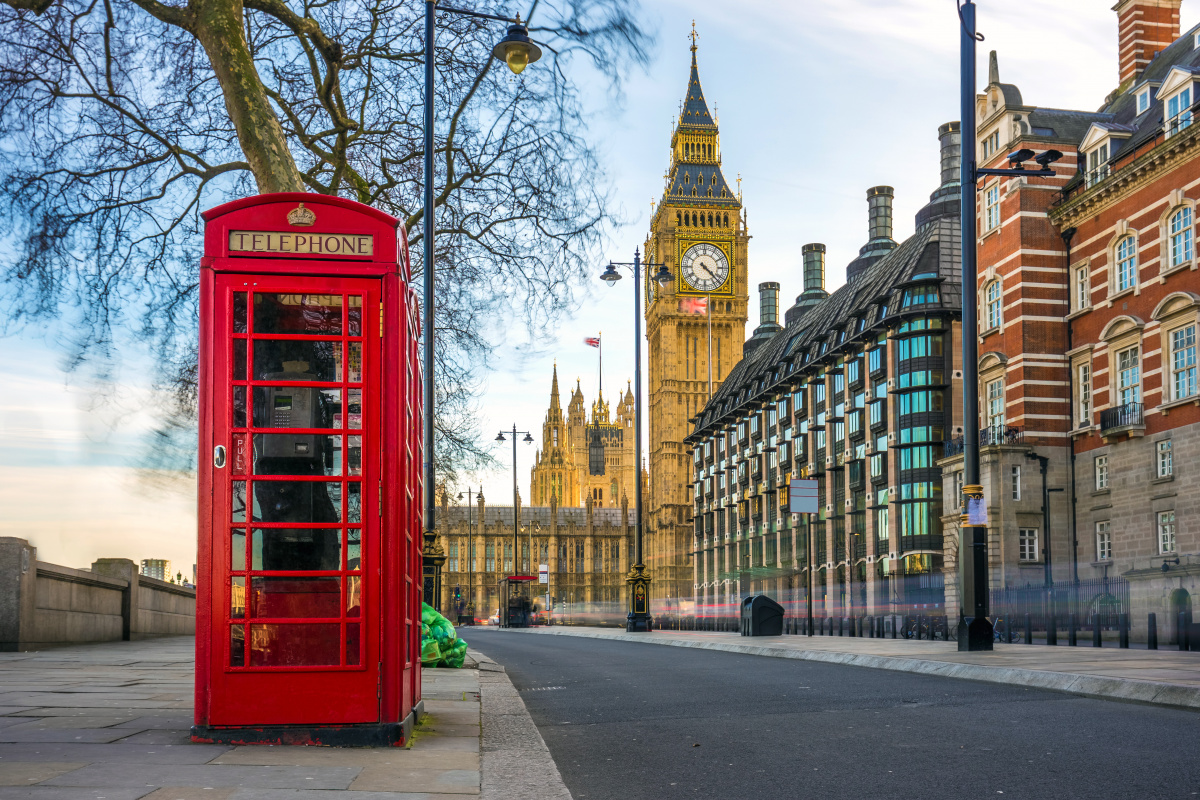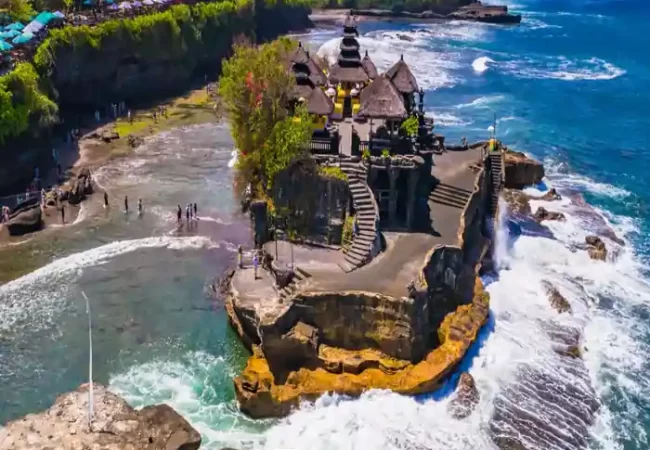Tour Type
info@flyhightravelsuae.com
Indonesia
- Home
- Indonesia
Welcome To Indonesia
Indonesia, country located off the coast of mainland Southeast Asia in the Indian and Pacific oceans. The most populous country in Southeast Asia and the fourth most populous in the world, Indonesia is situated on an archipelago that lies across the Equator and spans a distance equivalent to one-eighth of Earth’s circumference. Its islands can be grouped into the Greater Sunda Islands of Sumatra (Sumatera), Java (Jawa), the southern extent of Borneo (Kalimantan), and Celebes (Sulawesi); the Lesser Sunda Islands (Nusa Tenggara) of Bali and a chain of islands that runs eastward through Timor; the Moluccas (Maluku) between Celebes and the island of New Guinea; and the western extent of New Guinea (generally known as Papua). The capital, Jakarta, is located near the northwestern coast of Java.
Land
Indonesia is the largest country in Southeast Asia, with a maximum dimension from east to west of about 3,200 miles (5,100 km) and an extent from north to south of 1,100 miles (1,800 km). It shares a border with Malaysia in the northern part of Borneo and with Papua New Guinea in the centre of New Guinea. Indonesia is composed of some 17,500 islands, of which more than 7,000 are uninhabited. Almost three-fourths of Indonesia’s area is embraced by Sumatra, Kalimantan, and western New Guinea; Celebes, Java, and the Moluccas account for most of the country’s remaining area.
Land
Indonesia is the largest country in Southeast Asia, with a maximum dimension from east to west of about 3,200 miles (5,100 km) and an extent from north to south of 1,100 miles (1,800 km). It shares a border with Malaysia in the northern part of Borneo and with Papua New Guinea in the centre of New Guinea. Indonesia is composed of some 17,500 islands, of which more than 7,000 are uninhabited. Almost three-fourths of Indonesia’s area is embraced by Sumatra, Kalimantan, and western New Guinea; Celebes, Java, and the Moluccas account for most of the country’s remaining area.






People
Indonesia is situated at the meeting point of two of the world’s population groups, Asians in the west and Melanesians in the east. The great majority of Indonesians are related to the peoples of eastern Asia, although over the centuries there also has been considerable mixing with Arabs, Indians, and Europeans. In the eastern islands, however, most of the people are of Melanesian origin.
The Indonesian national motto, “Bhinneka tunggal ika” (“Unity in diversity”), makes reference to the extraordinary diversity of the Indonesian population that has emerged from the ongoing confluence of peoples, languages, and cultures. The country includes more than 300 different ethnic groups and more than twice as many distinct languages, and most of the major world religions, as well as a wide range of indigenous ones, are practiced there. Notwithstanding this diversity, most of the people are of Malay ancestry, speak Austronesian (Malayo-Polynesian) languages, and profess Islam.
Ethnic groups
The barriers of the mountains and the sea have protected the character and traditions of many groups. Away from the major cities and areas of dense population, there are significant variations from one valley to the next and almost from one village to the next. In many cases the highland groups of the larger islands—Borneo, Sumatra, and Celebes—were relatively untouched by international influences until the arrival of Christian missionaries during the 19th century; these upland peoples continue to reflect great cultural diversity. Each island or group of islands east of Java also has maintained its own distinct character, in many cases strongly influenced by different religions. In particular, Bali—with its long tradition of Hindu and Buddhist influences rooted in local religious practices—is quite different in character and customs from any other part of Indonesia.


Indonesia Tour Packages
Indonesia
Jakarta
Indonesian
Indonesian Rupiah
Recommended Package
Starting From:
TAXES INCL/PERS
Starting From:
TAXES INCL/PERS
Starting From:
TAXES INCL/PERS
Starting From:
TAXES INCL/PERS
Starting From:
TAXES INCL/PERS
Starting From:
TAXES INCL/PERS
Starting From:
TAXES INCL/PERS
Starting From:
TAXES INCL/PERS
Starting From:
TAXES INCL/PERS
















